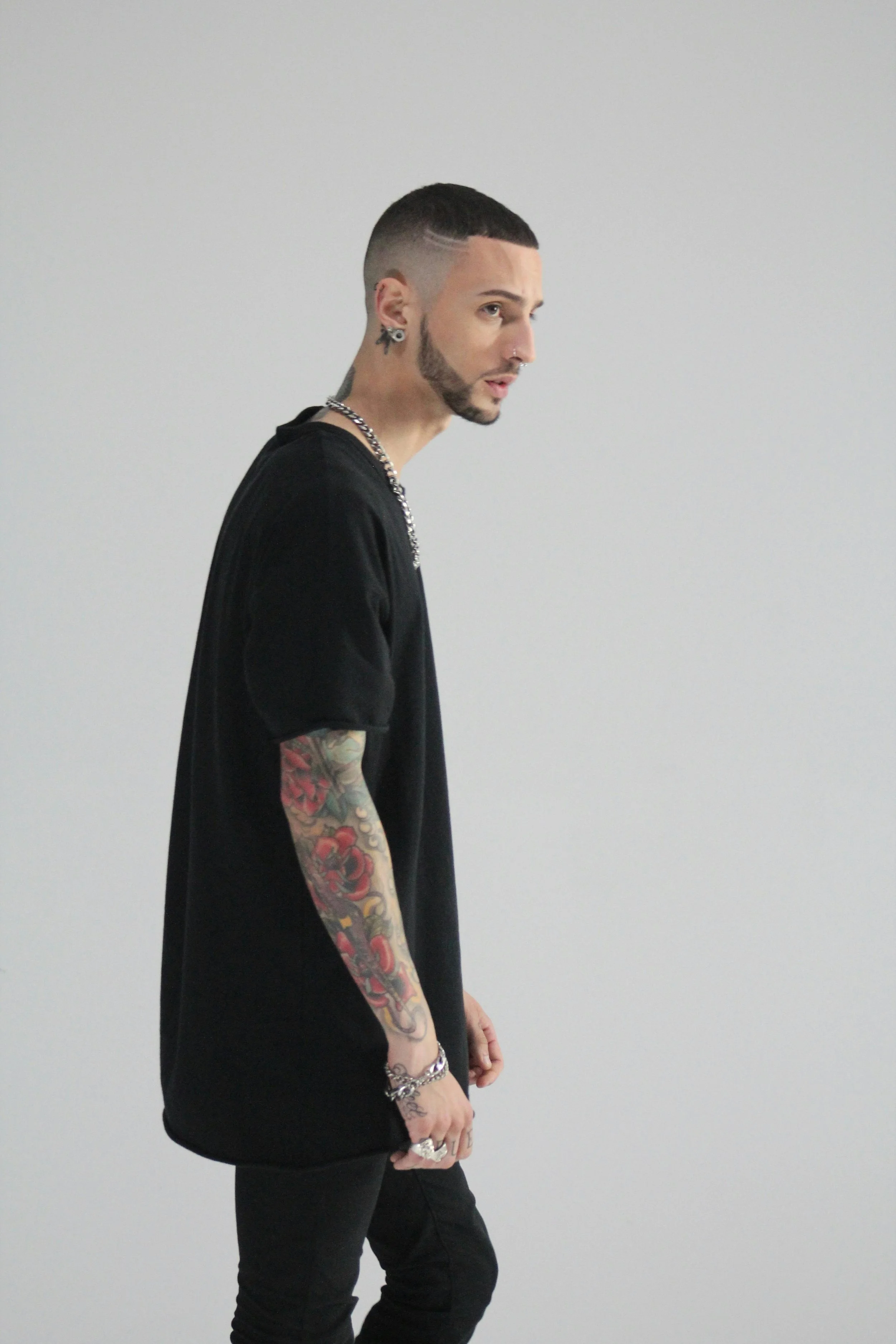WEBSITE STUDIO ZAZÚ
For Studio Zazú, I developed an online store designed to showcase and sell their unique digital art, crafted in Adobe Illustrator. The artwork features a distinct triangular style, primarily depicting animals with a strong focus on birds.
Problem statement
Studio Zazú faced challenges in reaching a wider audience and providing an intuitive platform to view and purchase their art. With no established online store, they struggled to effectively showcase the distinct style of their work, which led to missed opportunities for connecting with potential buyers and growing their business.
My role
UX/UI designer
Tools
How I created it
In developing Studio Zazú’s online store, I followed the 5 steps of the design thinking process. I’ll walk through each step to explain how I worked to create the best possible user experience for the homepage and online shop.
"Clear product descriptions and high-quality images are a must; I need to see and understand what I'm buying."
Emphatize
To understand the goals, needs, and challenges of potential customers interested in digital art, especially unique, animal-inspired designs, I conducted interviews focused on their online shopping preferences and expectations.
User interviews
Five people took part of the user interviews. While creating the script and doing the user interviews I’ve kept the following goals in mind:
Understand user preferences for triangle designs and animal themes, and motivations for buying digital art for enjoyment, gifts, or decor.
Identify expectations for online shopping, including navigation, product info, checkout, and how users discover art via social media.
Investigate barriers to purchases, like pricing and trust issues, while assessing the role of artist branding in decision-making.
Explore social media integration for sharing art and engaging with artists, plus users' willingness to pay and perceived value.
Gather feedback on additional features, like tutorials or artist interviews, to enhance the shopping experience.
Insights
Users like unique triangle designs and animal motifs, indicating a niche market.
Participants buy digital art for home decor or gifts, suggesting curated collections could help.
Users value a smooth shopping experience, needing easy navigation and clear descriptions.
Many find art through social media, highlighting the need for social media integration.
Some express trust concerns about online art purchases, needing clear return policies.
Participants appreciate artist stories, which create a deeper connection to the art.
Users want social media sharing features to boost brand engagement post-purchase.
Price sensitivity is evident; users seek competitive prices but value uniqueness.
Participants are interested in tutorials on using digital art in spaces.
Some quotes from the user interviews
Define
Based on user research and analysis, I've developed user personas, a user journey map, and a task analysis for the new online store.
Personas
After conducting user interviews, I developed two user personas, Laura and James. These personas provided valuable insights into users' needs, goals, behaviors, motivations, and frustrations specifically related to purchasing digital art. I used these personas as a reference while designing the online store for Studio Zazú, ensuring it meets user expectations and enhances their shopping experience.".
Insights
Users seek a seamless shopping experience with clear navigation for unique digital art prints.
They prefer to browse prints by categories (e.g., animals, abstract) and sizes (square).
Detailed product descriptions, including the art's story, build trust in purchases.
Transparency in return policies, customer reviews, and payment methods is crucial for online purchase confidence.
User journey maps
Next, I’ve created user journey maps to illustrate the goals, habits, and behaviors exhibited by users while navigating the online shop. The journey highlights specific actions taken as the user browses the store, focusing on their experience from landing on the page to completing a purchase or deciding to leave:
Search and finds information
Informs and create awareness
Decides and buys
Insights
Users need clarity on art piece displays and purchasing options.
They require clear explanations of the benefits of the art for their spaces.
Users struggle to visualize how art will look in their homes, needing realistic images.
Straightforward navigation and filtering options are essential.
Multiple payment options are necessary for a smooth purchasing experience.
Ideate
With the insights gained from the personas, user journeys, and overall user flows, it was time to brainstorm innovative ideas for the online store.
"I love discovering unique art that speaks to me, but I need to see how it will look in my space before making a purchase. Clear visuals and detailed stories behind the art would really help me decide."
Wireframes
The insights from the user personas, user journeys, and user flows guided the development of my initial wireframes for the online shop. After reviewing the low- and mid-fidelity wireframes, I advanced to high-fidelity wireframes that incorporate essential elements for an engaging shopping experience.
Desktop
The desktop wireframes showcase the Home, Shop, About Us, and Contact pages, designed to guide users through a seamless browsing and shopping experience.
Mobile version
For mobile, the wireframes include optimized versions of the Home, Shop, and Contact pages, ensuring ease of navigation and accessibility across devices."
Prototype and test
I created high-fidelity wireframes for the online shop, highlighting essential features for a smoother user experience. User testing provided useful insights on functionality, helping me refine the design for improved clarity and engagement..
Prototype
In the prototype phase of the online shop, I developed high-fidelity wireframes that emphasize key elements to enhance user engagement and drive purchases. The design aims for a streamlined browsing experience, with clear product categories and an intuitive shopping flow.
Testing
After finalizing the online shop prototype, I conducted user testing to gather insights on functionality, usability, and the overall shopping experience. Participants explored the site, navigating through the prototype from Home, Shop, Product page, About Us, and Contact pages, with tasks focused on product discovery, browsing categories, and completing purchases.
Insights
Users found the Home page too busy and suggested a cleaner, "less is more" approach for a more inviting look.
They appreciated the review system but wanted two or three highlighted reviews under each product for quick feedback.
Clearer storytelling for each art piece would help strengthen personal connections to the artwork.
Users requested additional recommended art under each product page to explore related options easily.
Category navigation was helpful, though a more cohesive layout would improve browsing across sections.
High-quality, realistic images were requested to help users better visualize the artwork in their own spaces.
Call-to-action buttons were easily visible, guiding users smoothly through the buying process.
Expanding payment options would make the checkout process more accessible.
Detailed labels (like size and material) increased confidence, making purchase decisions easier.
Final results
After putting my designs to the test I’ve made improvements and created the final wireframes, the final prototype and style guide.
Final wireframes, prototype and style guide
After completing usability testing, preference testing, and peer reviews—and incorporating Gestalt principles and visual design best practices—I finalized the wireframes and created the full prototype for the online shop.
The desktop home prototype, product page prototype and mobile prototype, shown to the right, highlight key elements across Home, Shop, About Us, and Contact pages, focusing on a clean, engaging shopping experience. On the left, the style guide ensures consistent branding and visual cohesion throughout the online shop.
Some final thoughts…
What I enjoyed
Working on Studio Zazú’s online shop was engaging because it combined design and user-centered storytelling, giving me the chance to explore digital art presentation in a way that creates a connection with potential buyers. Each feature, from product categories to individual artwork descriptions, was an opportunity to make the browsing and buying process more enjoyable and intuitive.
What surprised me
I was surprised by how significant small design choices can be in an art-focused shop. Through user testing, I noticed that subtle adjustments in layout, image quality, and organization could shift a user’s perception of the artwork’s value. It was insightful to see how clear navigation and high-quality visuals could elevate the entire user experience, creating a more inviting space.
What excited me
Seeing the project evolve from initial wireframes to a polished prototype was exciting. Watching users navigate the shop and interact with the various features showed me that the design decisions were making a real difference. Their feedback, particularly regarding features like highlighted reviews and recommended art, motivated me to keep improving the design for an engaging final result.
What I learned about myself
This project highlighted my passion for creating digital spaces that not only look appealing but also feel meaningful and cohesive. While my background in UI was valuable, I found the UX-focused aspects—the emphasis on clarity, navigation, and user flow—especially rewarding. It’s fulfilling to see how well-thought-out design choices can foster a deeper connection between art and its audience, reinforcing my commitment to thoughtful, user-centered design.






















